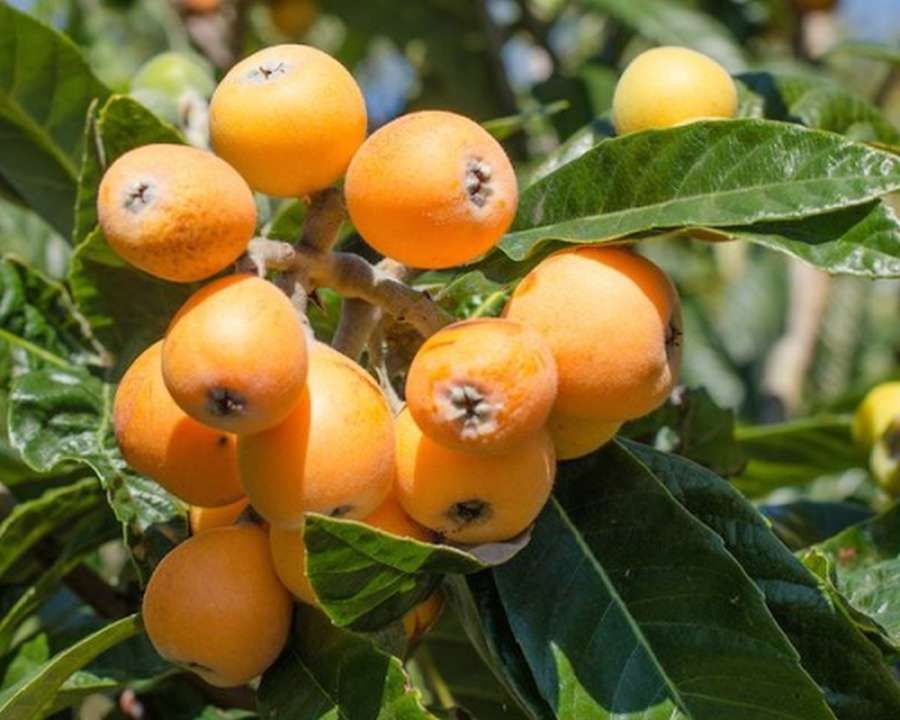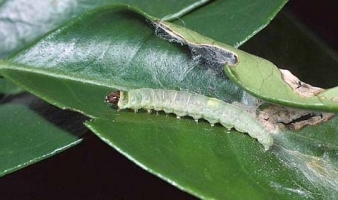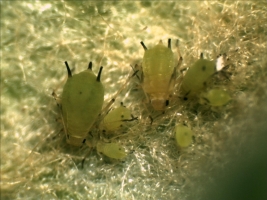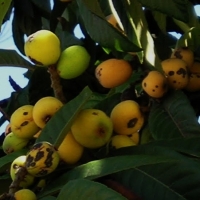General Information
In India mainly it is known as Lukat or Lugath. It is an evergreen and subtropical fruit tree. It attains the height of 5-6m and is spreading in nature. The fruit is native to central-eastern China and is mainly grown in Taiwan, Korea, China and Japan countries. In India loquat farming is done in Delhi, Punjab, Himachal Pradesh, Maharashtra, Assam and Uttar Pradesh states. It also has health benefits such as it helps to improve skin health and eye vision, helps in weight loss, maintains blood pressure and increases blood. It also helps in strengthening of teeth and bones. In Punjab it is mainly grown in Roop Nagar, Hoshiarpur, Gurdaspur and Patiala districts. The fruit mainly ripens in end-march to April and fetches good price.



















